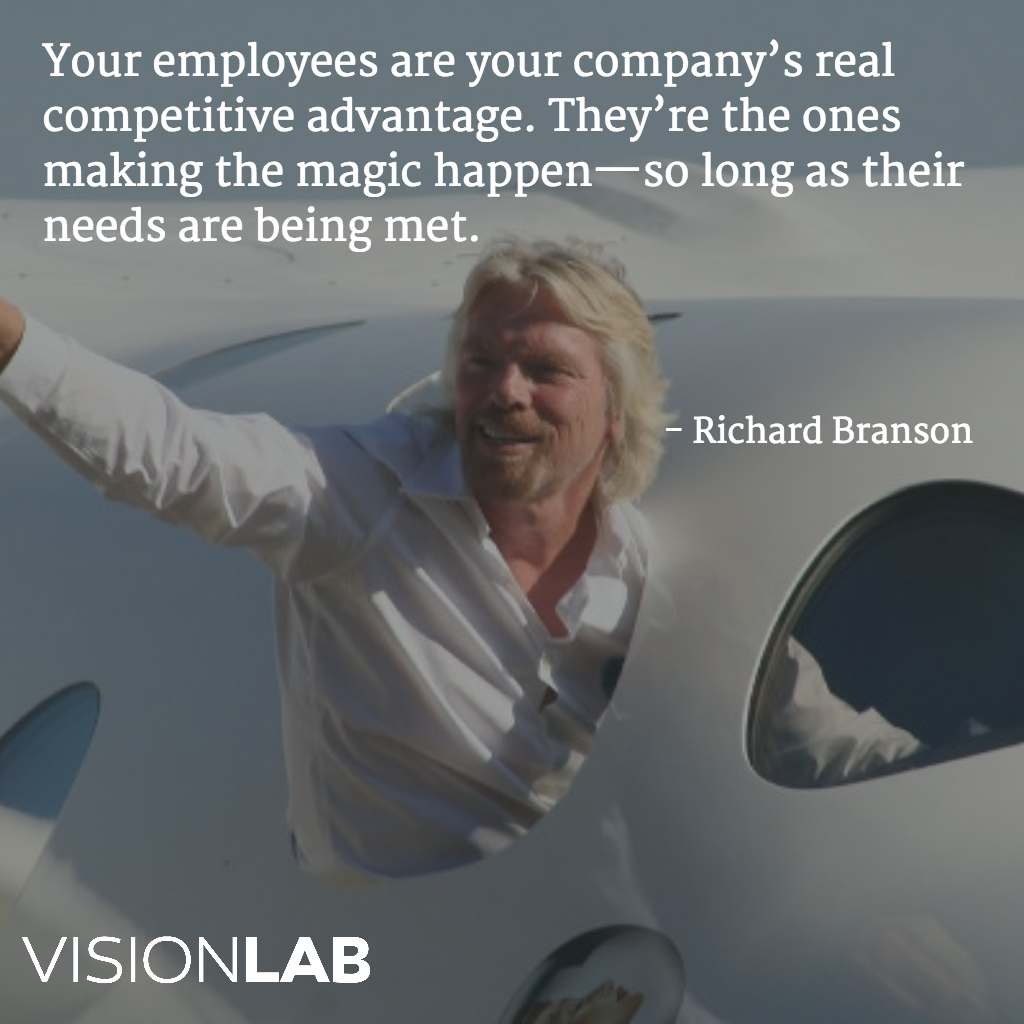Sep 18, 2015
Customers Aren’t The Only Way To Obtain Valuable Feedback
Customer service. It’s central to every enterprise, and a whole lot of effort is put towards measuring customer satisfaction, responsiveness, and interaction—especially in today’s world of constant behavior tracking and analytics.
It makes sense, too: customers are the ones buying your products and services, so making sure they’re happy and as engaged as can be is the clearest path towards maximizing profits and growing your business. But with all of the focus on customers, it can be all too easy to ignore your internal value drivers.
If you’re not just as concerned with gathering employee feedback as you are with gauging customer satisfaction, you’re missing out on a major piece of the puzzle.
Crowdsource Solutions By Gathering Employee Feedback
There’s one group of people that can absolutely make or break your business, whether you’re a three-person startup or a 10,000 employee multinational: your workforce.
As vital as customers are to any for-profit concern, they won’t deliver any revenue if the products and services you’re offering in return don’t attract them and retain them, and it’s your human resources that are ultimately responsible for the quality and promptness of those products and services.
Treat your employees as the vital part of the process they are, and they’ll take care of the customer end for you without the need for excess top-down intervention. When you put your team members in a position that is clearly valued and respected, they’ll work with customers in the same way—happy, productive, and empowered employees go out of their way to solve customer problems.
Give them the trust and let them know that their opinions and ideas are valued, and they’ll put a positive and innovative attitude to work for you.

If Branson says it, it pretty much has to be gospel, right? His companies have repeatedly done the impossible, giving employees not only competitive benefits packages but a whole lot of leeway when it comes to improving the customer experience, and instead of cost overruns and tight profit margins the vast majority of his ventures remain heavily in the black.
Letting employees chime in when problems pop up isn’t just an effective way to get through tough times; it’s the right way to build a business for sustained growth.
A Good Company Culture Is Built By Listening To Workers
Yet despite all of the research and anecdotal evidence supporting greater employee engagement and team member empowerment, a depressingly large proportion of companies around the world are dropping the ball entirely.
According to a recent survey by consulting firm Aon Hewitt, a jaw-dropping 39% of the global workforce admits to feeling completely disengaged from their jobs.
Their employers don’t have effective outreach and feedback systems in place, company culture is stagnant or non-existent, and rather than feeling empowered they feel like—and are treated like—entirely unimportant cogs that can be changed out instantly if they fail to perform their exactingly pre-ordained tasks.
When your workforce feels detached from their tasks and their output, your customers will notice the difference. They’ll get rote service that doesn’t address their specific needs and concerns, and interactions with your team members that are lackluster at best and downright hostile at worst.
And if you’re only looking outward for signs of needed improvement, you’ll be in the dark until your next round of satisfaction surveys comes in.
The Best Way To Gather Valuable Feedback From Employees
Solve the problem at the source by learning how to better engage with your employees, and how to better engage your employees in their work.
Create an environment that compels them to “make the magic happen” by seeking team member input on a consistent basis, using internal crowdsourcing to identify cultural problems and solutions, and encouraging employees to speak up when they have an idea.
Encourage innovation and more successful customer interactions by empowering your team to make decisions—and let them know they’re empowered by asking for their opinion and recognizing their achievements.
Let us know what you think about crowdsourcing innovative ideas from employees in the comments below!